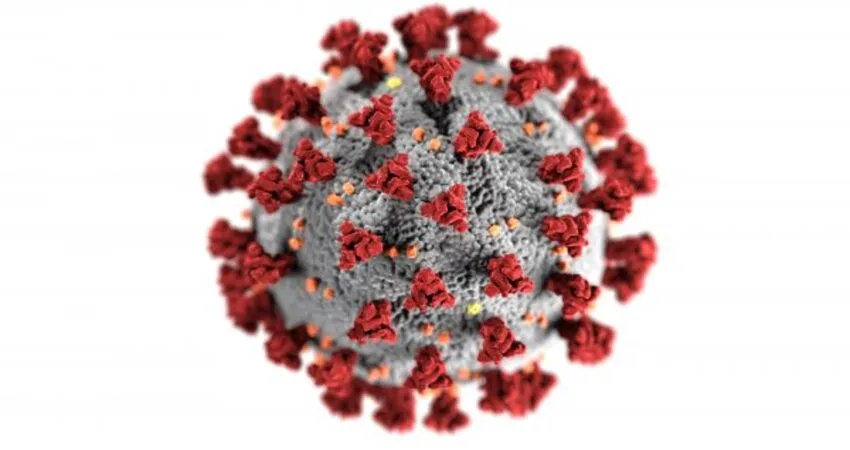COVID-19’s Impact on South Asia’s Youth Could Last Generations
English News

COVID-19’s Impact on South Asia’s Youth Could Last Generations
Sunakhari News / Kathmandu. The COVID-19 pandemic derailed development and caused a massive collapse in human capital for millions of children and young people across South Asia, according to a new World Bank analysis of data for people who were under the age of 25 at the onset of the pandemic.
Human capital—the knowledge, skills, and health that people accumulate over their lives—is key to unlocking a child’s potential and enabling countries to achieve a resilient recovery and strong future growth. Yet, the pandemic shuttered schools and places of employment and disrupted key services that protect and promote human capital, such as healthcare and job training.
The new report, Collapse and Recovery: How COVID Eroded Human Capital and What to Do About It presents the first comprehensive analysis of global data on the pandemic’s impacts on young people at key developmental stages: early childhood (0-5 years), school age (6-14 years), and youth (15-24 years). It finds that in South Asia, today’s students could lose up to 14.4 percent of their future earnings due to COVID-19-induced education shocks. The cognitive deficit in today’s toddlers could translate into a 25 percent decline in earnings when these children are adults.
“The pandemic shut down schools, decimated jobs, and plunged vulnerable families into crisis, pushing millions of South Asia’s children and young people off-track and depriving them of opportunities to flourish,” said Martin Raiser, World Bank Vice President for South Asia. “Action to recover from losses in human capital is critical and examples from the region show that this is possible at relatively low cost if governments act fast.”
In South Asia, between April 1,2020 and March 31, 2022, schools were fully or partially closed for 83 percent of the time—significantly longer than the global average of schools being closed for 52 percent of that same period. Among school aged children, on average, for every 30 days of school closures, students lost about 32 days of learning. This is because school closures and ineffective remote learning measures caused students to miss out on learning and to also forget what they had already learned. As a result, learning poverty – already 60 percent before the pandemic — has increased further, with an estimated 78 percent of 10-year-olds in South Asia unable to read and understand a simple written text.
The report finds that in Bangladesh, close to 15 months of school closures led to nearly 26 months of learning lost. Meanwhile, in Tamil Nadu, India, students exhibited severe deficits in reading and math when they returned to in-person learning. In Pakistan, when compared to pre-pandemic expected learning levels, children from the poorest households were falling further behind in math during the pandemic compared to children from the wealthiest households. Additionally, across the region, significant declines were observed in cognitive and social-emotional development. In Bangladesh, for example, toddlers tested in 2022 lagged far behind toddlers assessed in 2019.
In some countries in South Asia that were covered in the report, school enrollment has not returned to pre-pandemic levels. Pre-school enrollment at the end of 2021 was down by more than 15 percentage points in Pakistan. Enrollment among Pakistani children between the ages of six and 14 dropped by six percentage points once schools reopened, and 7.6 million children in Pakistan alone have dropped out of school.
Across South Asia, the number of people neither employed nor enrolled in education or training has increased substantially. Moreover, in several countries that were analyzed, there was little sign of recovery after 18 months.
The window for addressing setbacks in human capital accumulation is small, as gaps in early stages of life tend to widen over time. Without urgent action, the pandemic also threatens to deepen poverty and inequality. This report highlights evidence-based policy options to recover from current losses and forestall future ones. It also provides an approach to help countries prioritize among different crisis recovery policy options.
In the short term, for young children, countries should support targeted campaigns for vaccinations and nutritional supplementation; increase access to pre-primary education, including social-emotional skills; and expand coverage of cash transfers for vulnerable families. For school-aged children, governments need to keep schools open and increase instructional time; assess learning and match instruction to students’ learning level; and streamline the curriculum to focus on foundational learning. For youth, support for adapted training, entrepreneurship programs, and new workforce-oriented initiatives are crucial.
Programs that were implemented at scale both before and after the pandemic demonstrate how early education programs can help children acquire new skills and recover from learning losses. Recent evidence suggests that even simple and low-cost programs can lead to sizable gains in skills. In Bangladesh, for example, attending a year of additional pre-school through two-hour sessions significantly improved literacy, numeracy, and social-development scores. Meanwhile, in the Indian state of Tamil Nadu, six months of extra remedial classes after school helped students catch up on about two-thirds of lost learning linked to eighteen months of school closures.
In the longer term, countries need to build agile, resilient, and adaptive health, education and social protection systems that can better prepare for and respond to current and future shocks.
The World Bank is working closely with governments in South Asia to protect and invest in people as they cope with and recover from the pandemic. The World Bank’s pandemic response financing in South Asia reached nearly $11 billion during the two years since the start of the pandemic (April 2020 – April 2022), including $2.7 billion that supported social safety nets benefitting more than 857 million vulnerable people, $2.5 billion for 15 health projects, $2.80 billion for 12 education projects, and more than $1 billion to support vaccine purchase and deployment.




